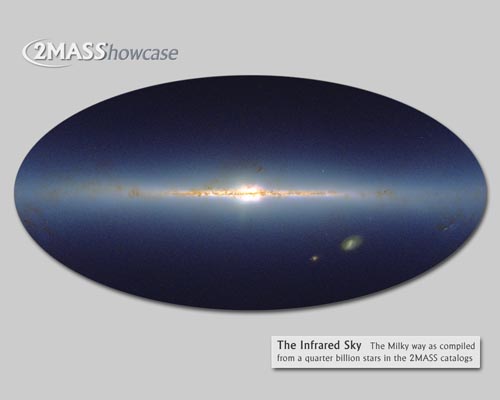Astronomy Picture of the Day
Discover the cosmos! Each day a different image or photograph of our fascinating universe is featured, along with a brief explanation written by a professional astronomer.
Posted on 08/29/2002 1:30:31 PM PDT by petuniasevan
Discover the cosmos! Each day a different image or photograph of our fascinating universe is featured, along with a brief explanation written by a professional astronomer.
Explanation: The Pelican Nebula, also known as IC 5070, lies about 2,000 light-years away in the high and far-off constellation of Cygnus, the Swan. This picture spans a portion of the magnificent nebula about 30 light-years wide. Fittingly, this cosmic pelican is found just off the east "coast" of the North America Nebula, another surprisingly familiar looking emission nebula in Cygnus. In fact, the Pelican and North America nebulae are part of the same large star forming region. The two glowing nebulae appear separated from our vantage point by a large obscuring dust cloud running across the upper left corner in this gorgeous color view. Within the Pelican Nebula, dark dust clouds also help define the eye and long bill, while a bright front of ionized gas suggests the curved shape of the head and neck. Even though it is almost as close as the Orion Nebula, the stellar nursery marked by the Pelican and North America nebulae has proven complex and difficult to study.
The "Great Rift" (really obscuring dust) is visible to the naked eye at dark-sky locations.
It extends along most of the visible Milky Way.
The North America Nebula and the Pelican Nebula are prominent in the upper left of this image:
A wider field of view, including the above. The Rift is obvious.

The dust lane is striking in this 2MASS data compilation (computer-generated) of our galaxy.

Disclaimer: Opinions posted on Free Republic are those of the individual posters and do not necessarily represent the opinion of Free Republic or its management. All materials posted herein are protected by copyright law and the exemption for fair use of copyrighted works.